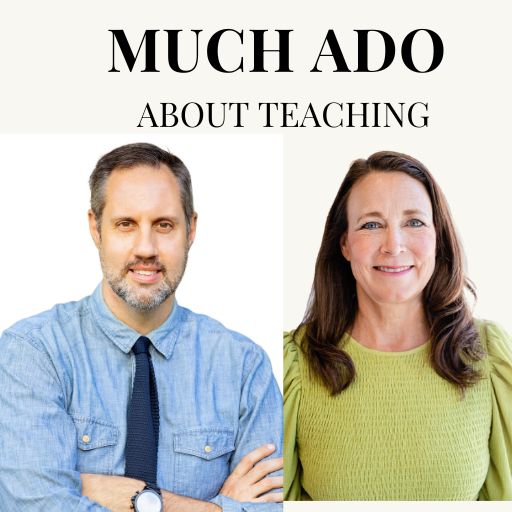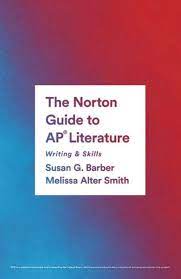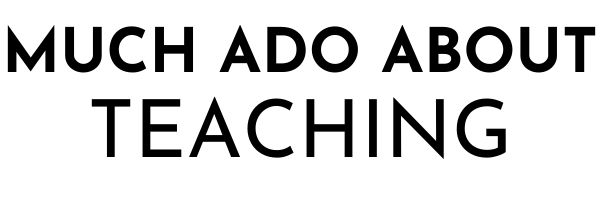Small tweaks often yield big gains. Here are five writing activities that put the work in students’ hands and help them improve their writing.
1 – Strong Verbs
At some point during the second semester, I will ask students to take an essay and highlight every verb in the essay. Every. Single. Verb. This is usually eye-opening and helps students identify patterns or overused words in writing. Next students replace verbs with stronger verbs which automatically elevate writing. If working on an academic paper, I provide these words as suggestions to try out, but this activity also works well with creative or fiction writing.

2 – Experimenting with Punctuation
“Let punctuation control pace and space.”- Roy Peter Clark
I love this quote from Roy Peter Clark and enjoy letting students think about the rules of punctuation and instead using punctuation to group words according to how they want the reader to take them in. Roy Peter Clark equates punctuation marks to road signs with is a great way to introduce students to rethinking how they use punctuation.

I often take short passages from what we’re reading – prose or poetry works – and remove all punctuation and let students add punctuation marks. We talk about how the meaning of passages change depending on what punctuation is used and how that punctuation groups words together. There’s no real right or wrong rather what meaning the writer is communicating and what punctuation they choose to help them do this.
I often project this picture of punctuation and road signs while students are writing as a reminder that they have choices in the way they are grouping words and using punctuation.
3 – Transitions
I got this idea from Sarah Brown Wessling and use it yearly. Before students write in class, we go around the room and each student shares a transition word followed by something to remember while writing. For example, I’ll start us off by saying, “Use short quotes rather than long ones.” Then a student will say, “FURTHERMORE, embed quotes throughout your writing.” I’ll copy Furthermore on a large piece of chart paper, and the next student gives a transition and reminder. The transitions stay up (usually for weeks because let’s be honest – that’s how I roll) and students are prepped for writing. Here’s a list that was created during class:
Here’s a list of transitions grouped by purpose that was used in the College Board AP Literature daily videos that we sometimes refer to during class just as a reminder that there are different ways to communicate contrasts/cause and effect/ connections, etc.

4 – Organization or Line of Reasoning
I love the idea of cutting essays into parts and having students arrange the pieces into the order they feel makes the most compelling argument. Sometimes we use a sample student essay but also use opinion pieces or articles found online. This hands-on activity lets students literally see how the order affects the strength of an argument. Taping an essay to the wall and drawing arrows to connect parts of the essay back to the thesis provides a visual of how the pieces of an essay fit together.
5 – Highlighting

Highlighting essays is routine in my classroom. Students often highlight before they submit essays as a way to check themselves. We frequently highlight for claims, evidence, and analysis which helps students makes sure they have enough of each. Students often think they have enough evidence but once they start highlighting realize there’s not as much as they thought and can add more while revising.
Bonus –
Let students choose what they want to work on then create a choice board with self-directed lessons or use the one I’ve created for my students.


Susan Barber teaches AP Lit at Midtown High School in Atlanta, Georgia. Susan also serves at the AP Lit College Board Advisor. In addition to reading, writing, and investing in the next generation, she loves watching college football with her family especially when Alabama is playing.













One comment
Jennifer Wolfe
Thanks! These are some great creative and simple ideas I can share with the teachers I support.